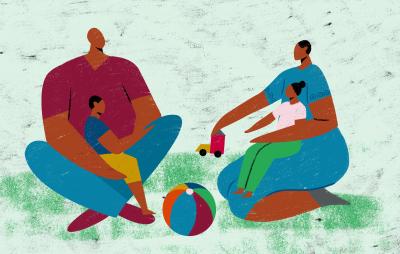In cocoa-growing communities, not all children may have had the chance to attend school, and others may have dropped out. Bridging classes help these children (re)integrate the formal school system by providing them with essential skills in literacy and numeracy.
In addition to supporting children's right to quality education, our experience shows that bridging classes can reduce the rate of child labour by half among children participating in the classes. These programmes can also contribute to breaking the cycle of child labour in the long term since more educated parents are less likely to engage their children in child labour.
Bridging classes are accelerated education programmes that offer a compressed curriculum delivered in an accelerated time frame. They are run by trained facilitators who use adapted teaching methods depending on the children’s needs.
Over the years, we have implemented bridging classes in cocoa-growing communities in Cote d’Ivoire and have learnt what works to implement bridging classes effectively. For example:
- Ensuring a safe, well-equipped and large space that children can easily access
- Training local facilitators in child-centred pedagogical methodologies
- Running bridging classes from November to June
- Offering meals and providing school kits
- Raising awareness among hesitant parents
- Supporting children once they have re-integrated the formal school system
We have gathered these good practices in a new Learning into Action brief to support practitioners looking to implement bridging classes. This new tool includes practical measures to guide their successful implementation and effectively re-integrate children into the formal school system.
Read the Learning into Action






